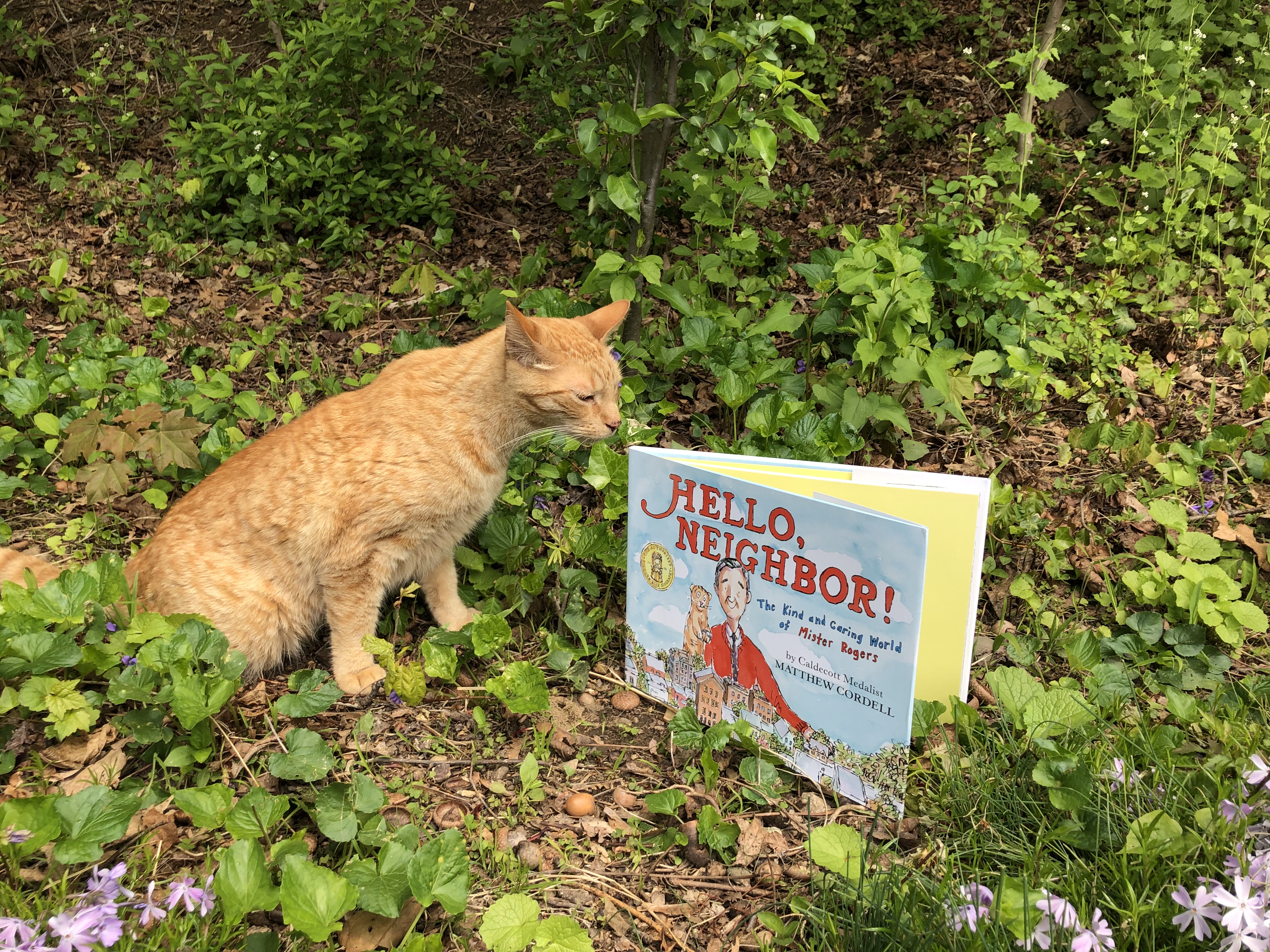Kudos to author Nikki Grimes and artist Elizabeth Zunon, who together have created a most unusual bedtime book in Bedtime for Sweet Creatures.
 Kudos to author Nikki Grimes and artist Elizabeth Zunon, who together have created a most unusual bedtime book in Bedtime for Sweet Creatures.
Kudos to author Nikki Grimes and artist Elizabeth Zunon, who together have created a most unusual bedtime book in Bedtime for Sweet Creatures.
One of the most unusual things about the text is that it is narrated by the protagonist's mother, who throughout the book addresses her child as she coaxes the child into bed. "Come, sweet creature. It's bedtime...Your eyes swell, wide as OWLS. 'Let's go,' I say. 'Who? WHO?' you ask as if you didn't know."
The art keeps pace, stride for stride, with this inventive text. The opening illustration after the title page is wholly arresting and, admit it, so true-to-life: with no background to distract our eye, we see this book's (ungendered) protagonist, arms raised, fists clenched, eyes closed, mouth open with the words "No! No! No!" in a shout above their head.
From this page on, we know this child, and we recognize the strength of their determination to resist bedtime. In the Horn Book Magazine review, Michelle H. Martin writes, "In response to each of Mommy's directives, the child's defiance conjures a colorful creature... In most cases, the imagined animal is larger than the protagonist, emphasizing just how strong bedtime resistance can be."
Zunon's creative Illustrations manage to both fold the child into the world of the imagination (here poplated by those colorful creatures) and keep the child separate. Zunon uses her palette very effectively to achieve this separation. The tones of the child's red-footed PJs and glowing brown skin consistently take up their own space and are always kept distinct from everything else in the art. The imagined animals are in much softer, more pastel tones.
Zunon also uses a system of patterns versus solid colors to keep the worlds separate. Particularly in early illustrations, when readers are still getting their bearings, all the real-life objects — the child's and parents' clothing; the sofa, the child's bedsheets, etc. — are in solid colors. Each creature, on the other hand, is adorned with striking geometrical patterns.
Something I noticed that may or may not be worth discussing is that two animals appear in the art that are implied but not outright named in the text: lion, who roars and tosses its mane; and antelope, several of which hop and run behind the child as they "lope" back to bed. On the last double-page spread, when the text names all the animals who accompany the child as they are welcomed into Mommy and Dad's bed, a lion and an antelope are pictured amongst the crowd of animals who join them, but they are not among the animals listed in the text. I'm not sure that's a flaw, necessarily, but it may provoke some questions from literal-minded child readers. Or perhaps literal-minded committee members.
But as far as Caldecott criteria go, this book hits them all.
-
Excellence of execution in the artistic technique employed;
-
Excellence of pictorial interpretation of story, theme, or concept;
-
Appropriateness of style of illustration to the story, theme or concept;
-
Delineation of plot, theme, characters, setting, mood or information through the pictures;
-
Excellence of presentation in recognition of a child audience.
The child audience is certainly paramount here. I mean, it's a story that follows the traditional trajectory of resistance to bedtime but has an ending in which the child is more than usually victorious (also, a pretty common ending to bedtime rituals in lots of households!) and that mixes in an element of fantasy entirely appropriate for its toddler/preschool audience. The art — with its mix of realistic and fantastical elements, combined in such a way that recognizes its audience — is inventive and original, to a degree rarely seen in books for such young children.
This book was published WAAAAAY back in January 2020 — a time that feels like another world now. And in that other world, Callng Caldecott readers may even have had a chance to see it. If you are one of those readers, what do you think of this story of "bedtime resistance"?
Add Comment :-
RELATED
ALREADY A SUBSCRIBER? LOG IN
We are currently offering this content for free. Sign up now to activate your personal profile, where you can save articles for future viewing.








